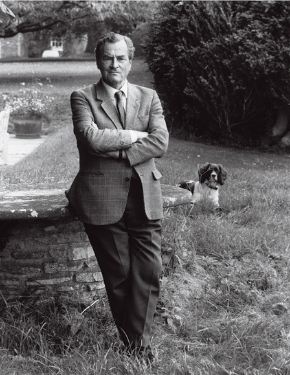
Paddy at Dumbleton
by Peter Green
First published in the Times Literary Supplement 14 November 2012.
Patrick Michael Leigh Fermor was born on February 11, 1915 in London, one year into the world war that changed the face of Europe for ever. Within four months, the Lusitania had been torpedoed and the first Zeppelin air raids carried out over London. At his birth, the attendant good fairy seems to have been in a generous mood. She lavished on him striking good looks, a strong streak of imaginative creativity, physical vigour, a long and – despite an outsize addiction to both cigarettes and alcohol – largely healthy life (he died last year), linguistic skills well above the average, a phenomenal memory, daring courage, an outgoing and exuberant, almost Herodotean fascination with the oddities of the world (not least its more eccentric and obsolescent aristocracies), and an equally exuberant ability to charm a remarkably wide range of people, most notably (though far from exclusively) women.
The bad fairy, watching all this with a sourly malevolent eye, did what she could, which was quite a lot, to minimize the effects of such prodigal largesse. She began by ensuring that the wunderkind, however percipient about the remote marvels of the world he explored, never, in all his ninety-six years, acquired the taste, much less any real ability, for self-analysis. Unable to diminish his creativity, she saddled him with a perfectionist’s crippling demands, and the infinite time-wasting occupations of the born procrastinator. By rendering him impervious to all formal external discipline – much helped by his being allowed to run wild as a child in Northamptonshire while his parents were in India – she both sidelined him from any professional career in the normally accepted sense, and made it inevitable that his prodigious learning (which she could do nothing to stop) was at least of the autodidactic variety. She saw to it that his undeniable charm was frequently interpreted as an attribute of the freeloading gigolo with a weakness for titled ladies, his infectious high spirits as boring bumptiousness, and his very real courage as egomaniacal self-promotion, often – this a contribution from her irredentist Greek cousins – in the service of imperialist politics.
It follows that any prospective biographer of so remarkable a character (frequently labelled “the last Renaissance man”, and for once the cliché is at least understandable) will have an unusually hard row to hoe, and some very tricky decisions to make. This is no less true of one who, like Artemis Cooper, knew him from childhood: such intimate familiarity may in fact have made her task appreciably more difficult. Paddy (as he was known, in Cooper’s prefatory words, “by all the hundreds of people who knew and loved him” – and, one might add, by many more who didn’t) presents the daunting problem of having become a public legend in his own lifetime.
As a teenager (a term he detested) he walked from the Hook of Holland to Constantinople, and used the experience to write a unique elegy to the not-quite-lost, and ultra-Chekhovian, country nobility of the old Austro-Hungarian Empire (A Time of Gifts, 1977). As a Special Operations Executive (SOE) operative on German-occupied Crete in 1944, and against all predictable odds, he not only kidnapped a German divisional general and got him safely away to Cairo, but formed a personal bond with him by smoothly capping one of his Latin quotations. Finally, when almost seventy, and faced with a strong current, he successfully swam the Hellespont.
These and other experiences have been rubbed smooth by much telling, often inaccurate as well as humdrum, and it is very much to Artemis Cooper’s credit that she irons out the inaccuracies, and places each anecdote in its proper context, backing it up with careful documentation. This historicization of what was rapidly becoming myth may take off a little of the lustre, but it also deepens perspective. We can see, for example, not only how extraordinary that moment in the White Mountains of Crete was when Horace’s Soracte Ode created an instant cultural and personal rapprochement between British captor and German captive, but how strikingly it symbolized the final flare-up before extinction of a code of international culture that had endured for over two millennia; how it indeed formed a wonderful, if unintentional, postscript to the dying worlds so memorably evoked in all Paddy’s writings. At one level the extraordinary, and moving, fascination of his work consists in the fact that from start to finish, from the doomed Creole aristocracy of The Violins of Saint-Jacques to Count Jeno, “scion of one of the great Hungarian houses of Transylvania” in Between the Woods and the Water (1986) – not to mention his portraits of the Sarakatsani nomads in Roumeli (1966) or the fierce individualists of Mani (1958), who, in their scorched and rocky peninsula, preserved an ancient way of life beyond the reach of the Turks – what he is chronicling is the end of an epoch, a loving and nostalgic farewell to civilizations that were dealt their quietus by a single pistol-shot in the fateful summer of 1914.
It is easy to forget, because of his much-touted heroism in the Second World War, that what Paddy actually inherited as an impressionable child was very much a pre-1914 view of life. His passion for heraldry, old houses, even older families, and the colourful pageantry of royal processions; his happy embracement of a Europe in which an infinite number of languages, customs and migrant peoples made a transparency of political frontiers and showed a happy indifference to passports; his polyglot adventurousness, his philhellenic romanticism, his taste for crowned heads and ancient titles: all this stamped him unmistakably as a latter-day Edwardian, drawing comparisons with Rudolf Rassendyll, or Sandy Arbuthnot in John Buchan’s Greenmantle, and revealing beyond these fictional characters his basic affinity with the no less astonishing real-life characters who had inspired them, such as T. E. Lawrence or Aubrey Herbert (who was twice offered the throne of Albania). He is in his element at the 1958 enthronement of Cardinal Roncalli as Pope John XXIII, dashing off a postcard from Rome to Diana Cooper (Artemis’s grandmother), in ecstasy over “the silver trumpets, the ruffs, the cloaks with Maltese crosses, the morions and slashed doublets . . . . I’m swooning”. His inspired idea, when still eighteen, of walking to Constantinople (never, even at that age, thought of as Istanbul) was not entirely a lucky guess: precocious reading and bred-in-the-bone instinct played their part too. Psychologists will also note how periods of great emotional tension are followed by months of recuperative illness: scabies and pneumonia after initial training in the Guards Depot; near-fatal polyarthritis after the successful abduction of General Kreipe from Crete.
When we ask ourselves how, in essence, the two published volumes of the Great Walk trilogy represent (as is generally, and I think rightly, believed) a higher literary achievement than Paddy’s other work, this sense of their being a powerful and emotionally loaded requiem for an all-but-lost world – artfully strengthened by the way in which the author’s older self, familiar with the bitter end of the story, plays that off against the omnivorous excitement of his innocent youth – is surely the dominant factor. Other major characteristics, from the antiquarian’s delight in exotic historical arcana to sharp portraits of eccentric individuals and a detailed knowledge of local slang and social habits, are all present in Paddy’s other books from the start. The penetrating study of Caribbean voodoo practices in that now much underrated first book of his, The Traveller’s Tree (1950), is a nice case in point. He learned, very early, that to sing successfully for his supper, not just personal charm, but having a genuine interest in the lives and activities of his hosts, were tremendously helpful.
But the other major aspect of A Time of Gifts and Between the Woods and the Water that surely guaranteed their capacity to enchant so many readers, and their survival as classics of twentieth-century literature, is the immense, time-consuming, and, to his publisher, maddening care their author devoted to fashioning the sentences in which they were written. However much we write off as procrastination, the final subtly crafted verbal achievement is what gives these texts their magical allure, and goes far to justify the long years spent on them. Paddy, as he made unforgettably clear in a famous passage of Mani, was in love, in an almost physical sense, with words:
“I often have the impression, listening to a Greek argument, that I can actually see the words spin from their mouths . . . the noble shapes of the Greek letters, complete with their hard and soft breathings, the flicker of accents with the change of enclitic and proclitic and the hovering boomerangs of perispomena sail through the air . . . . As the argument kindles and voices wax louder, the lettering matriculates from italics to capitals and out like dangerous missiles whizz triangles and T-squares and gibbets and acute angles, pairs of Stonehenge megaliths with lintel stones, and half-open springs . . . .”
What a word is this, Homer remarks in a recurrent formulaic line, that has escaped the barrier of your teeth. That metaphor comes nearer to a kind of unexpected reality in Paddy’s collected works than most of us would ever have surmised. The climax of his prose poem “Sounds of the Greek World”, the concluding chapter of Roumeli, with its caressing description of “the abruptness of asyndeton” and “the swell of hyperbole”, is in the same mode.
And here we begin to see some of the very real problems confronting his biographer. In Paddy’s expert hands the Great Walk becomes an ongoing, and infinitely seductive, quest for the Earthly Paradise, all the more compelling for the rich glimpses of it to which we are treated in his hypnotic and tessellated prose. No accident, I suspect, that he set out for Constantinople in the December of 1933: the year Hitler came to power, but also (and surely related) the year in which James Hilton published Lost Horizon, the novel that made Shangri-La a symbol of the Edenic refuge from modern conflicts. Paddy’s hosts along the way are presented as part of this paradisal world. But the biographer’s business is factual, with the result here that Cooper’s black-and-white functional prose (always in sharp contrast to Paddy’s own richly coloured version), just as it demythicizes the anecdotes, also gives us a walk that is just a walk, and characters who, charming though they may be, are in fact the last survivors of an anything-but-paradisal landowners’ regime. The biography, going about its proper business, is always looking at the Realien behind Paddy’s magically evocative vision, and thus, quite unintentionally, and probably inevitably, ends by steadily cutting him down to size throughout.
Where this becomes a real, and potentially threatening, problem is in the matter of the long-awaited third volume of the trilogy, never published in Paddy’s lifetime, and for years a task with which he struggled in an increasingly pessimistic mood. The crucial question is, does even a first draft of the trilogy’s conclusion exist? Paddy himself talked, on numerous occasions, of working at it. Visitors report seeing a pile of manuscript variously estimated at eight or twelve inches high. Some kind of text is promised for publication in 2013. Yet in her appendix on sources, Cooper lists, for the final stretch, only the “Green Diary” (left behind by Paddy in Romania in 1939, but recovered after the war), and an early (1963–4) version of the Great Walk, about 60,000 words in length, that grew out of a commission from Holiday magazine on “The Pleasures of Walking” (see the 1963 letter to Xan Fielding in Commentary, pp16–17).
It is this last item, we are told, “that will form the bulk of the posthumous conclusion”. But did its final third, from Orsova to the Black Sea, which was, Cooper reports, “covered in detail”, ever get any of the painstaking revision, the cutting and splicing and verbal thaumaturgy that gave the two earlier volumes their enduring magic? What, in fact, were those piles of paper? In what did Paddy’s unfinished labours actually consist? Here, once again, the factual details of Cooper’s biography are suggestive, hinting at possible reasons for non-completion beyond the obvious ones of age, burn-out, and the cumulative ravages of compulsive socializing and over-indulgence.
The quest for the Earthly Paradise needed a fairy princess; and, in a very literal sense, it duly found one. In 1935 Paddy met in Athens, and fell head over heels in love with, Princess Balasha Cantacuzene, who “belonged to one of the great dynasties of eastern Europe”. She was sixteen years older than Paddy, but seems to have reciprocated his adoration with equal fervour. Like many European aristocrats of the period, she maintained a country estate (at Bäleni in Moldavia), while at the same time being virtually penniless. This was no fly-by-night affair. The two lived together – at first in Greece, where they shared a watermill near Galatas, and for a while in England, but for the most part on the Moldavian estate – for nearly five years: writing, painting, translating, travelling, and enjoying each other. It was only the outbreak of war in 1939 that tore them apart, sending Paddy, a natural patriotic adventurer, headlong back to England to join the Irish Guards. This, as Balasha presciently foresaw, was the end of the affair. Cut off, first by the war, then by the brutal initial years of the Communist regime in Romania, which evicted Balasha and her family from the estate, they didn’t meet again until 1965, by which time the one-time princess was a broken wreck of a woman in her sixties, looking much older, and soon to die of breast cancer. But it was she who had preserved the Green Notebook, and at that last meeting she returned it to him.
It is, I think, at least possible that this horrific end to the happy idyll that had formed the climactic conclusion to the Great Walk was one factor, and not a small one, in helping to create so massive a writer’s block in Paddy over the final volume of the trilogy. It will have joined that other nightmare of the Mediterranean expatriate: recognition of advancing age, the ultimate failure of the dream of eternal youth, when the sunlit world is less easily mastered, and the physical self, once so carelessly taken for granted, begins to fail. Paddy defied the clock better than most (a photo of him taken on Ithaca in 1946, when he had a tough war behind him and was in his thirties, makes him look a teenager still), but the determined mountaineering of his later years, not to mention his swimming the Hellespont, had their inevitable limit. His increasing melancholy as time passed hints at a characteristic Mediterranean timor mortis lurking behind the still upbeat bonhomie, and this, too, cannot have encouraged the literary pursuit of paradisal dreams recollected in a mood increasingly removed from tranquillity.
It is also possible that, in some sense, he never fully recovered from the loss of Balasha. His subsequent record of Don Juanism does nothing to disprove this; nor, more surprisingly, does his lifelong relationship with Joan Eyres Monsell, which Cooper charts with an unsparing eye. We watch Joan’s hope for marriage and children being thwarted by a combination of the freedom dream and the writer’s demand for creative solitude (this last being helped out at tight moments by her trust fund). While their companionship grows ever stronger, a time comes when she nevertheless abjures sex with Paddy, and indeed takes to giving him cash handouts to pay for pick-ups. By 1968, when they finally marry, they are both in their fifties, and Joan has had a hysterectomy. Curiously, nothing better emphasizes the subtle gap between their life and that of the Greek world where they spent half of each year than the reaction to their wedding of the citizens of Kardamyli in the Peloponnese, where they had built themselves a legendary house. When they returned from London as a married couple, they found the single bed in Joan’s bedroom, at the other end of the house from Paddy’s, “covered with rose petals and sugared almonds”. Joan, Cooper reports, “was embarrassed and amused”. The amusement, I suspect, was hard work. Artemis Cooper’s biography is subtitled “An adventure”, and in its understated way it spells out just how much, for all its undeniable glamour, that adventure cost.
Peter Green is the Dougherty Centennial Professor Emeritus of Classics at the University of Texas, Austin. He is a professional translator and an occasional poet and novelist. He currently serves as a member of the Classics Faculty at the University of Iowa.



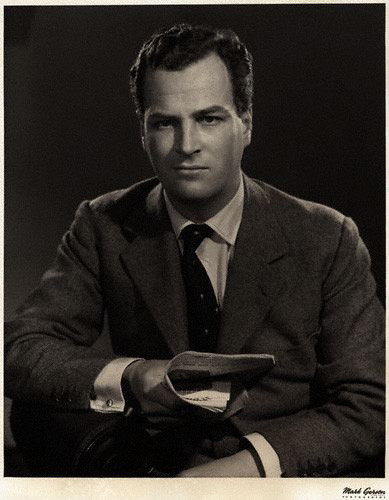

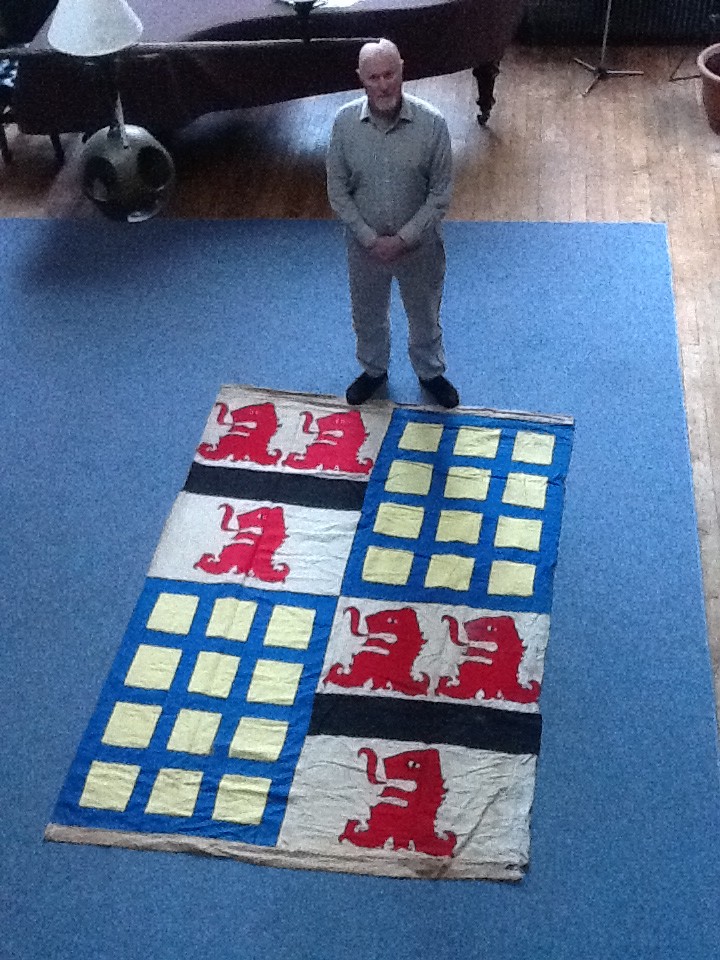

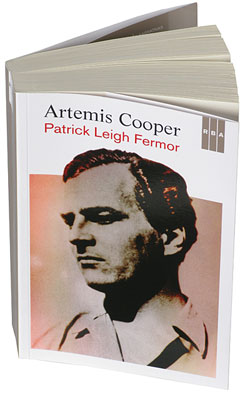
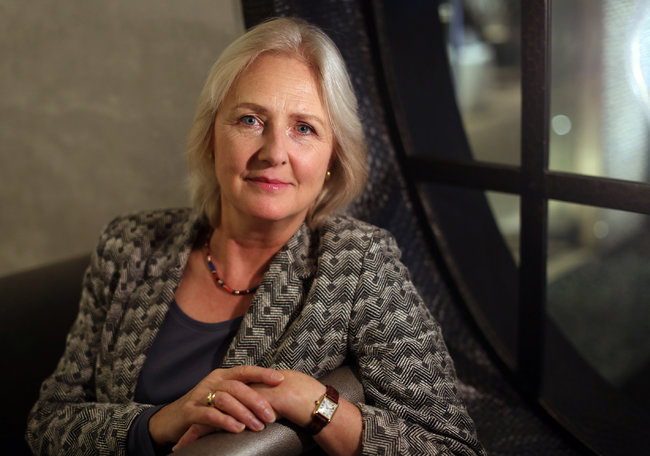
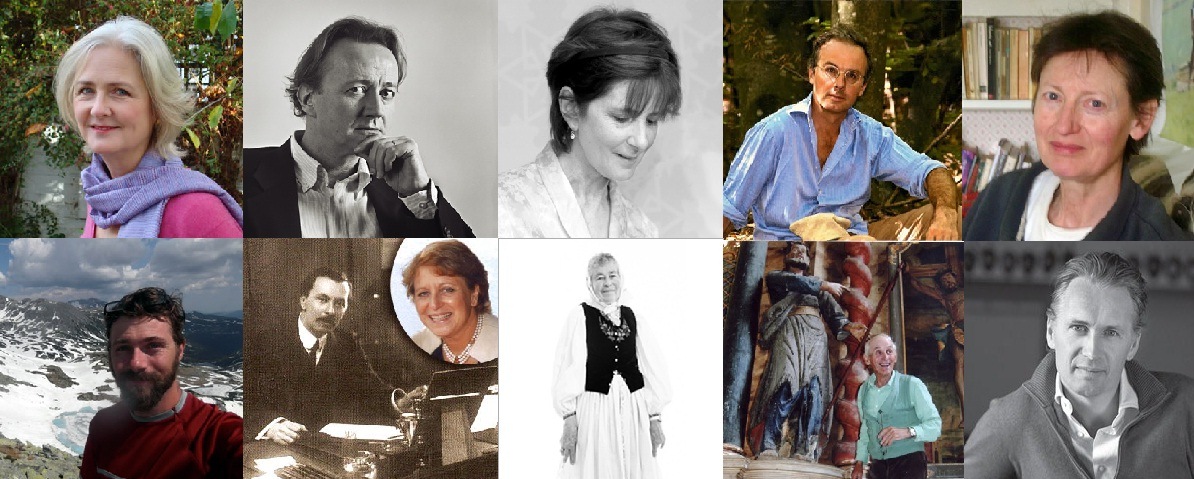

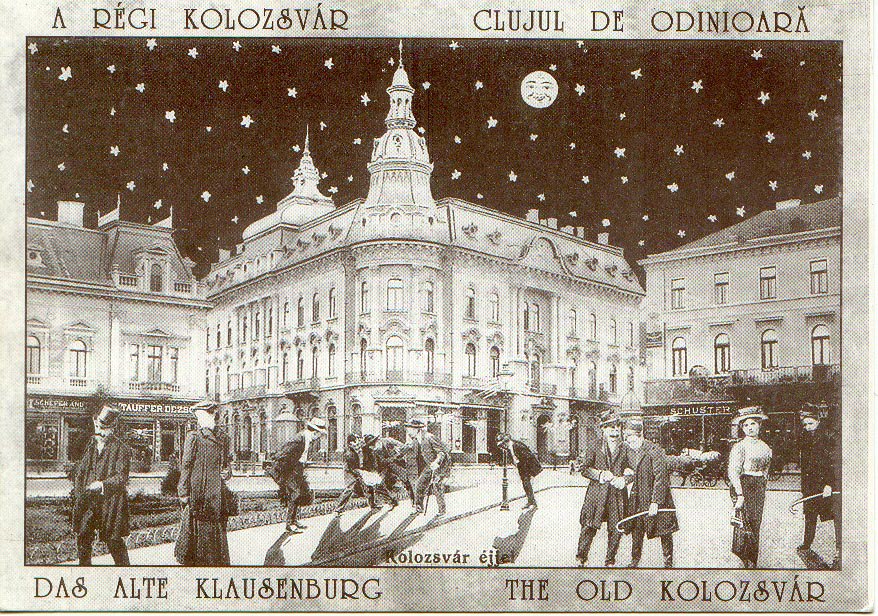

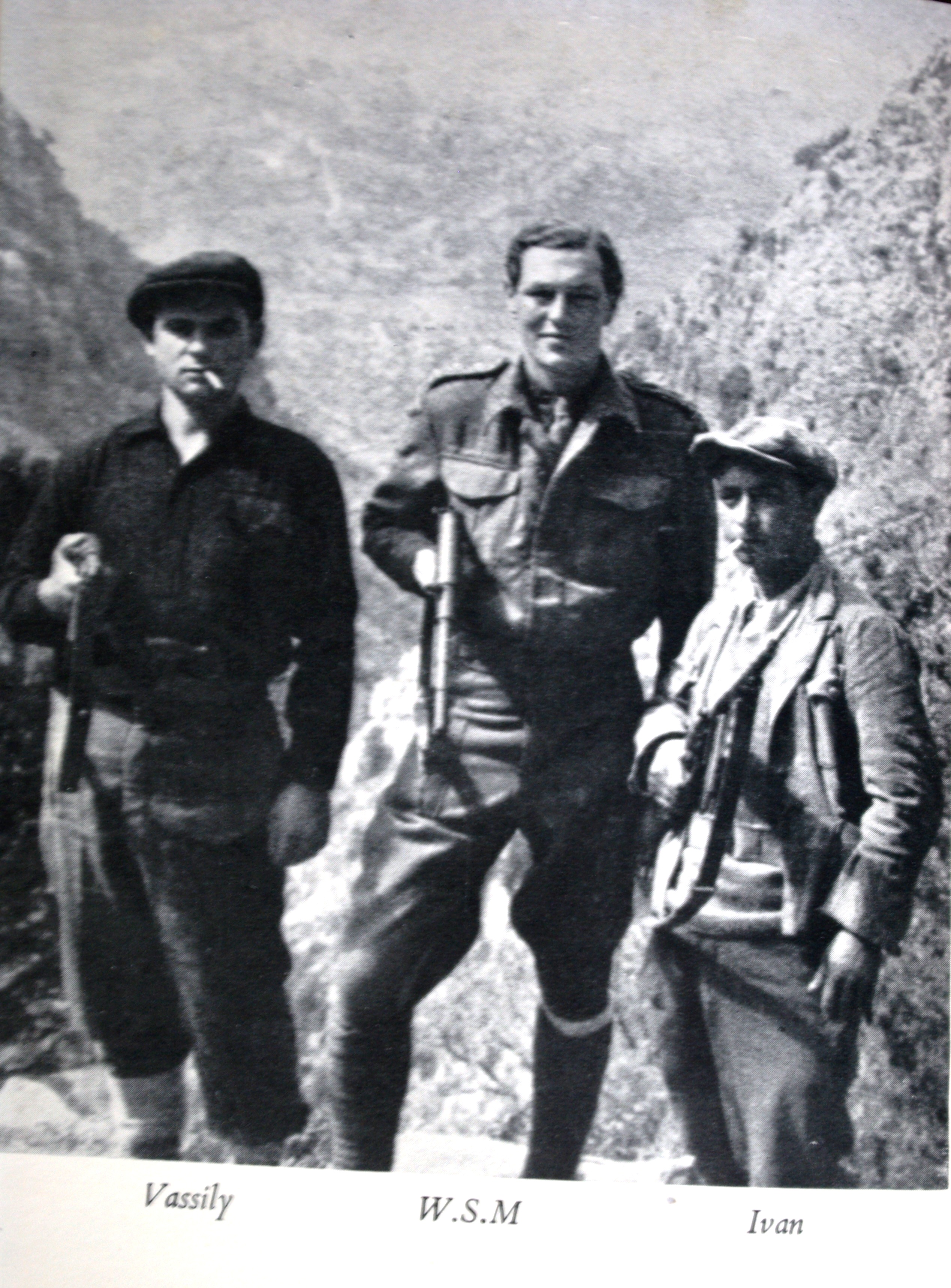


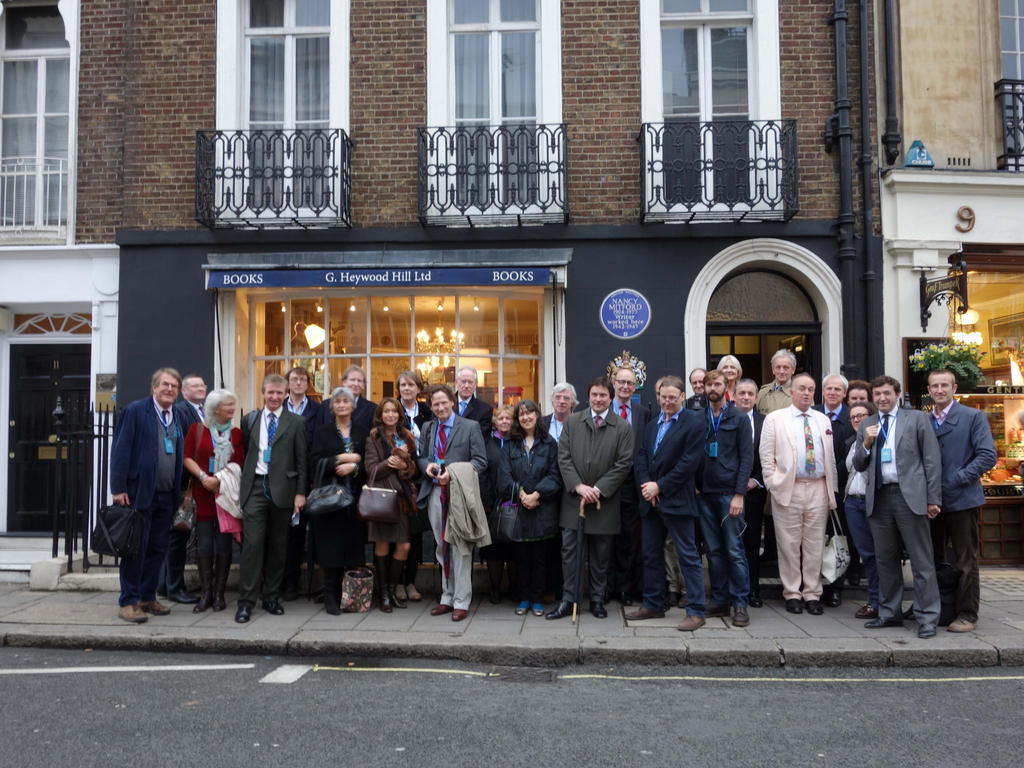
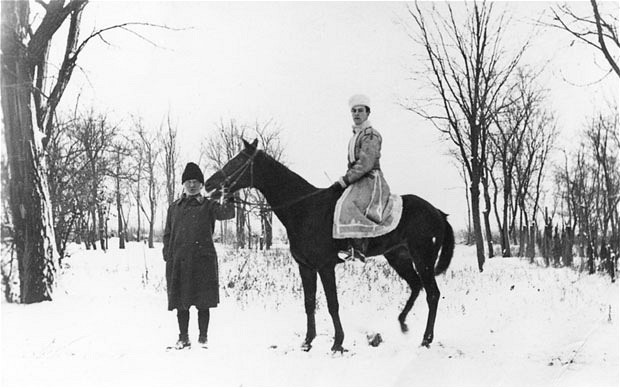
 “I made the decision very early on that I was not going to walk in Paddy’s footsteps,” says Artemis Cooper, biographer of travel writer, raconteur, war hero and all-round charmer Patrick Leigh Fermor. Just as well, as his youthful exploit of going “on foot to Constantinople”, as detailed in his book A Time of Gifts, is probably his most famous achievement. That’s if you don’t count kidnapping a German general and force-marching him round Mount Ida, Crete, during the second world war, an adventure retold in the movie Ill Met By Moonlight in which PLF was played by Dirk Bogarde. This must be one of the few cases where a film star was eclipsed by his subject. Leigh Fermor continues to enchant from beyond the grave.
“I made the decision very early on that I was not going to walk in Paddy’s footsteps,” says Artemis Cooper, biographer of travel writer, raconteur, war hero and all-round charmer Patrick Leigh Fermor. Just as well, as his youthful exploit of going “on foot to Constantinople”, as detailed in his book A Time of Gifts, is probably his most famous achievement. That’s if you don’t count kidnapping a German general and force-marching him round Mount Ida, Crete, during the second world war, an adventure retold in the movie Ill Met By Moonlight in which PLF was played by Dirk Bogarde. This must be one of the few cases where a film star was eclipsed by his subject. Leigh Fermor continues to enchant from beyond the grave. We set off, the first of many brightly coloured barges chugging past us, and glimpse a tiny water vole. Cooper tells me about PLF’s legendary vitality. “His energy was amazing. We went to stay with him in Greece and went for a walk. He was in his seventies and we [she and husband Anthony Beevor] were in our thirties and quite fit and it was hard to keep up with him. He was making a point, but still … ”
We set off, the first of many brightly coloured barges chugging past us, and glimpse a tiny water vole. Cooper tells me about PLF’s legendary vitality. “His energy was amazing. We went to stay with him in Greece and went for a walk. He was in his seventies and we [she and husband Anthony Beevor] were in our thirties and quite fit and it was hard to keep up with him. He was making a point, but still … ”
